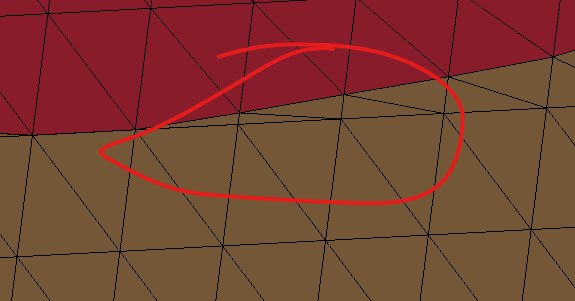-
-
May 31, 2025 at 1:41 am
Dennis Chen
SubscriberHello, can someone please give me some reference or some explanation for how ALE/SALE elemnts affect the stable time increment in an explicit dyna transient analysis?
So we have 2 ALE material group, and as time progresses, the 2 phase goes from initial state to some later state where the 2 material group starts to move relative to each other and relative volume fraction changes to the image to the right. In this case, how's stable time increment affected? Is it still based on element characteristic length?
I notice that sometimes ALE elements become unstable (dt goes very small and then job crashes) but I don't quite understand how to fix that. It seems to be related to sudden impact.
I would really like some reference material to understand in great detail how this works. Thank you
-
June 2, 2025 at 12:56 pm
Tasos Zacharakis
Ansys EmployeeHello Dennis,
You could try Mass Scaling (DT2MS parameter in *CONTROL_TIMESTEP keyword).
Best regards,
Tasos
-
June 2, 2025 at 5:55 pm
Dennis Chen
SubscriberHello Tasos, my question is related to how the stable time increment is calculated in SALE elements as they flow in the background grid. Say material 1 and material 2 start out with perfect undeformed shape, how's the CFL time step calculated? once they start flowing, say flowing into one cell with 50-50 volume fraction, how is CFL time step calculated? what happens when CFL time step suddenly decreases a lot?
I've looked at a lot of different materials around this topic but I can't seem to find a direct reference to calculating dt for SALE.
-
- You must be logged in to reply to this topic.



-
3572
-
1188
-
1076
-
1063
-
952

© 2025 Copyright ANSYS, Inc. All rights reserved.









